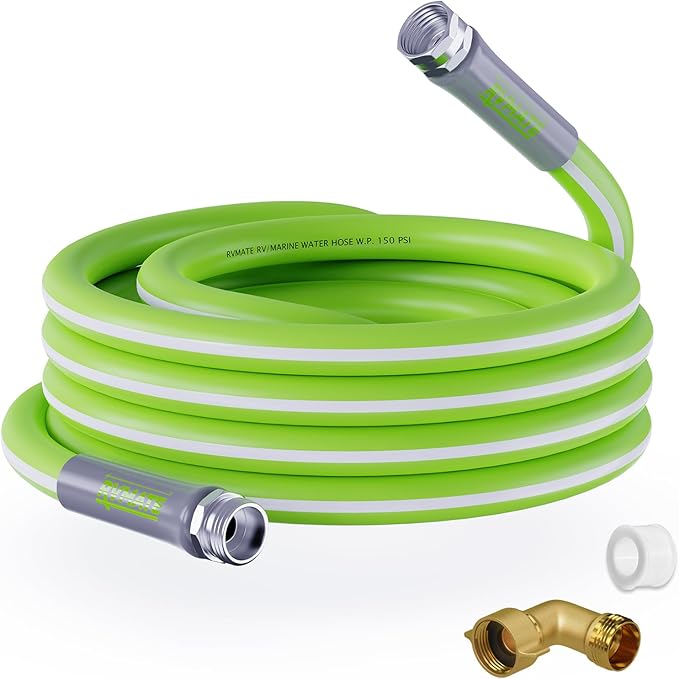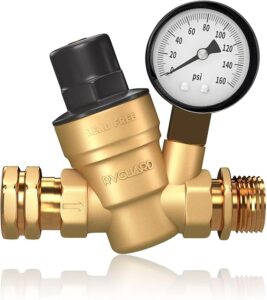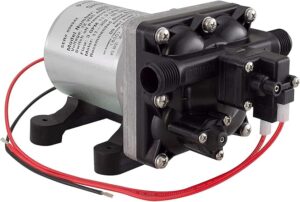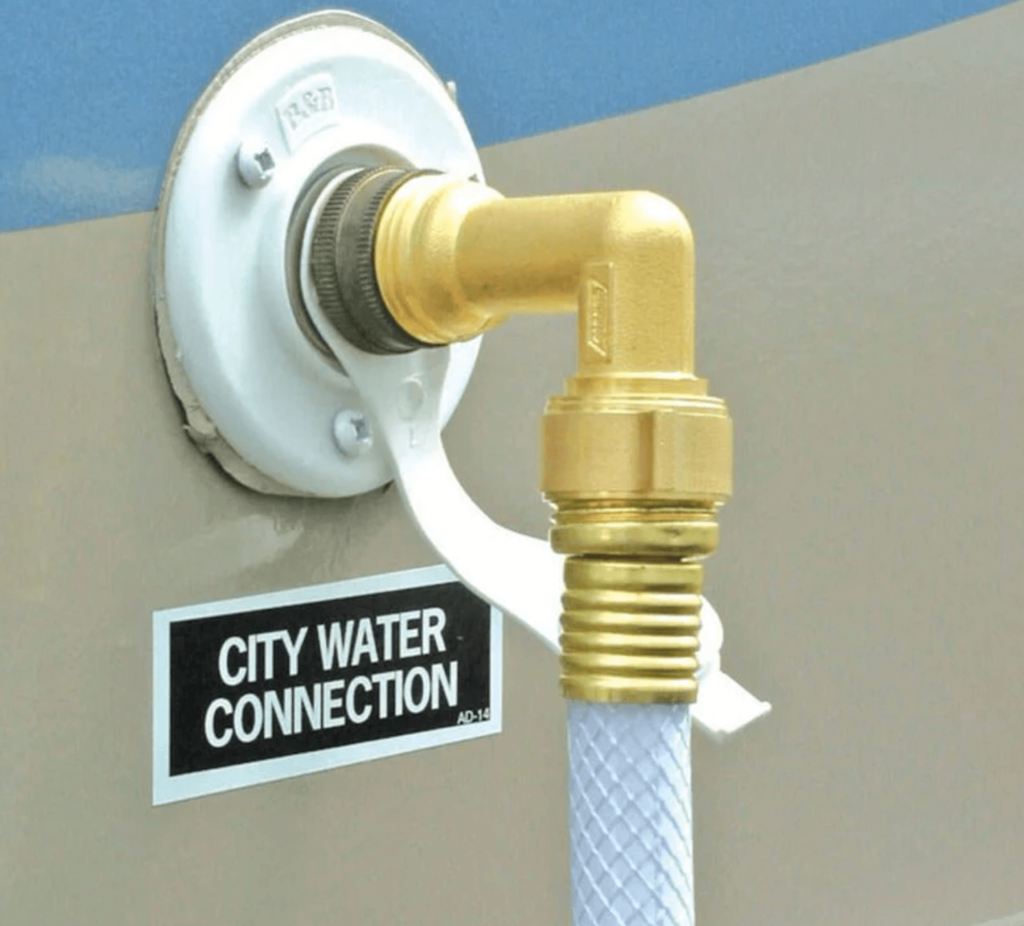Affiliate Disclosure: I earn commissions if you shop through the links below at no additional cost to you.
Last Updated on March 9, 2025 by Jeremy
Your RV’s water system is critical to a smooth camping experience—whether it’s your morning coffee, a refreshing shower, or washing up after dinner. Ideally, your RV should maintain safe water pressure between 40 and 60 psi, but when that pressure drops, it’s more than just an inconvenience—it could indicate bigger issues that need immediate attention.
Low water pressure can be caused by everything from clogged filters to pump failure or campground water supply issues. The key to solving it? A step-by-step approach to identify and fix the problem without unnecessary guesswork.
In this guide, we’ll walk through:
✔ How to test your RV’s water pressure to confirm the issue.
✔ Common causes of low pressure, from simple kinks to failing pumps.
✔ DIY solutions and maintenance tips to restore steady water flow.
Diagnosing Low Water Pressure in Your RV
When water trickles instead of flows, it’s time for a systematic checkup. Here’s how to pinpoint the cause.
1. Test the Water Pressure at the Source

Before blaming your RV, check the campground’s water supply.
- Attach a water pressure gauge to your hose and test the reading.
- If the source pressure is below 40 psi, the problem isn’t inside your RV—it’s the park’s water system.
2. Inspect Your Water Hose and Connections

Your water hose and fittings are the first potential choke points.
- Look for kinks, twists, or damage that might restrict flow.
- Check the water filter—a clogged filter can drastically reduce pressure.
3. Examine Your Water Pressure Regulator

A faulty or incorrectly set regulator can throttle your water pressure.
- If your regulator is set too low, adjust it within the recommended range.
- If it’s worn out, replace it—this small part plays a big role in pressure control.
4. Check Your RV’s Water Pump (For Boondockers & Off-Grid Campers)

If you’re running on your onboard water tank, the issue may be your water pump.
- Listen for unusual sounds—if it’s running but struggling, the pump may be failing.
- Pumps can get clogged—clean the inlet screen and see if pressure improves.
- If the pump won’t build pressure, it may need to be primed, or need a replacement.
How to Fix Low Water Pressure in Your RV
Once you’ve identified the culprit, here’s how to restore proper water flow.
✔ Adjust Your Water Pressure Regulator – Ensure it’s set within 40-60 psi for safe operation.
✔ Clean or Replace Water Filters – Sediment and debris can clog inline filters, reducing pressure.
✔ Inspect & Replace Worn Hoses – Older hoses can collapse internally, restricting flow.
✔ Check for Leaks in the System – Hidden leaks in pipes or fittings can cause pressure loss.
✔ Service or Replace Your Water Pump – If it’s struggling or inconsistent, it may be time for a new one.
Preventative Maintenance: Keeping Water Flowing Smoothly

Regular checks can prevent pressure problems before they start. Here’s what to include in your routine:
🔹 Flush your water system regularly to prevent sediment buildup.
🔹 Check hoses and fittings before each trip to catch potential issues early.
🔹 Replace water filters every few months, especially if camping in areas with hard water.
🔹 Test your water pump periodically to ensure it’s working efficiently.
When to Call a Professional
If you’ve tried these fixes and the problem persists, a more serious issue may be at play.
- A damaged water line inside your RV may require professional repair.
- Persistent low pressure despite troubleshooting could signal a faulty valve or system-wide issue.
A professional RV technician can diagnose complex problems and prevent costly damage down the road.
Final Thoughts
Low water pressure in your RV can be frustrating, but it’s usually fixable with the right troubleshooting approach. Whether it’s a quick filter swap or a full pump replacement, regular maintenance keeps your water system running smoothly and extends the life of your RV’s plumbing.
If you found this guide helpful, let us know in the comments—and if you’re still struggling with pressure problems, drop your questions below!
Cheers!




.jpg/:/cr=t:5.56%25,l:0%25,w:100%25,h:88.89%25/rs=w:1240,h:620,cg:true)



Leave a Reply